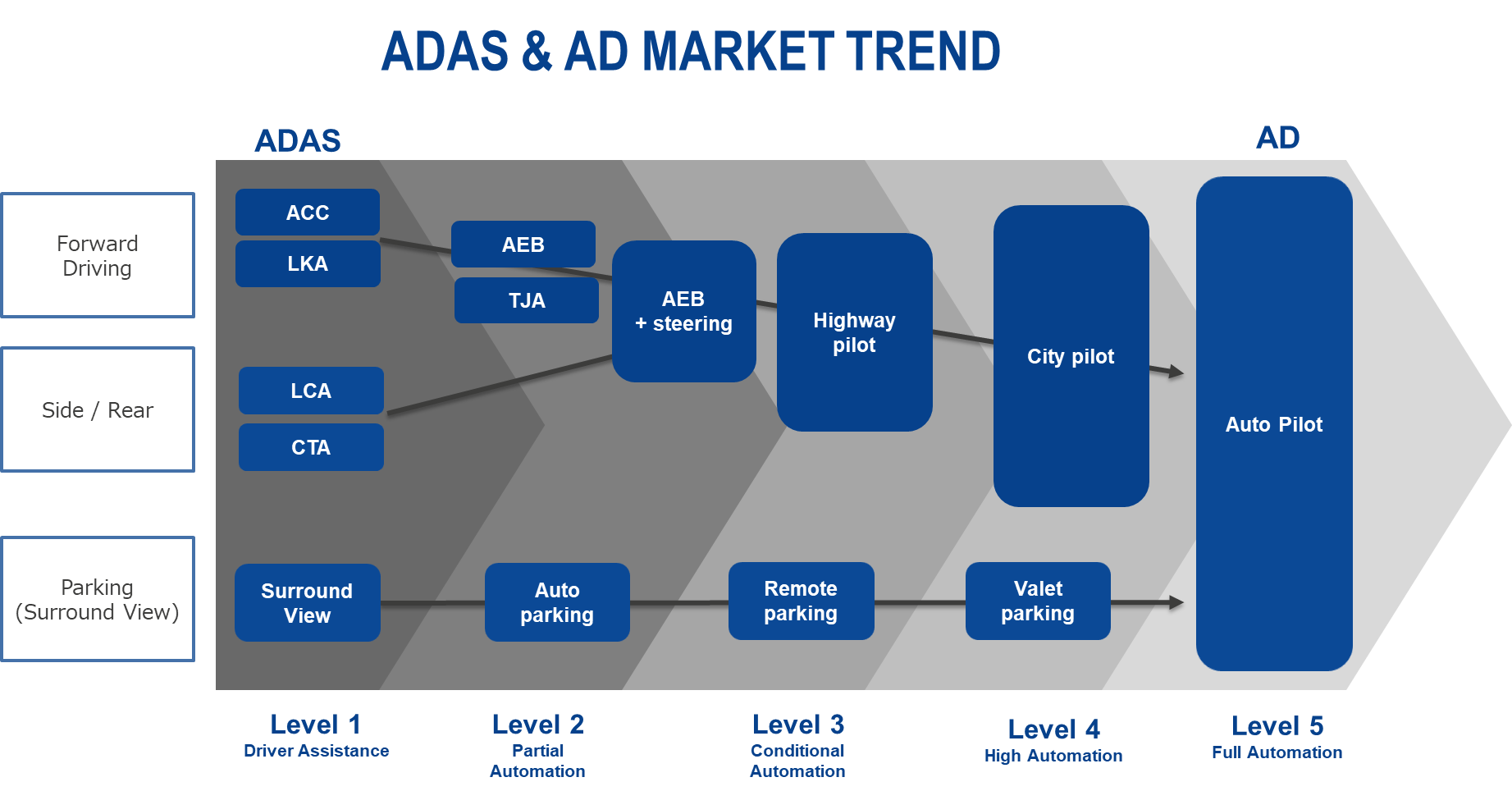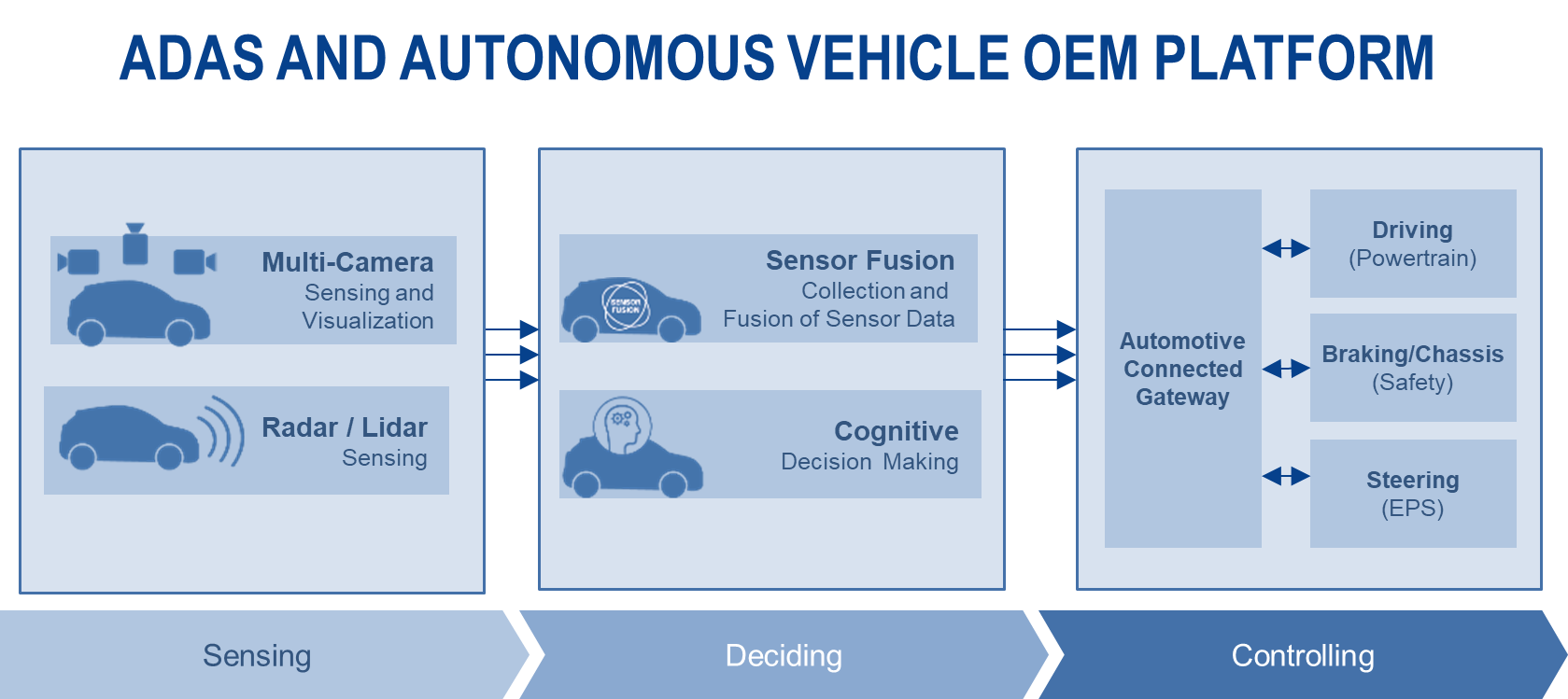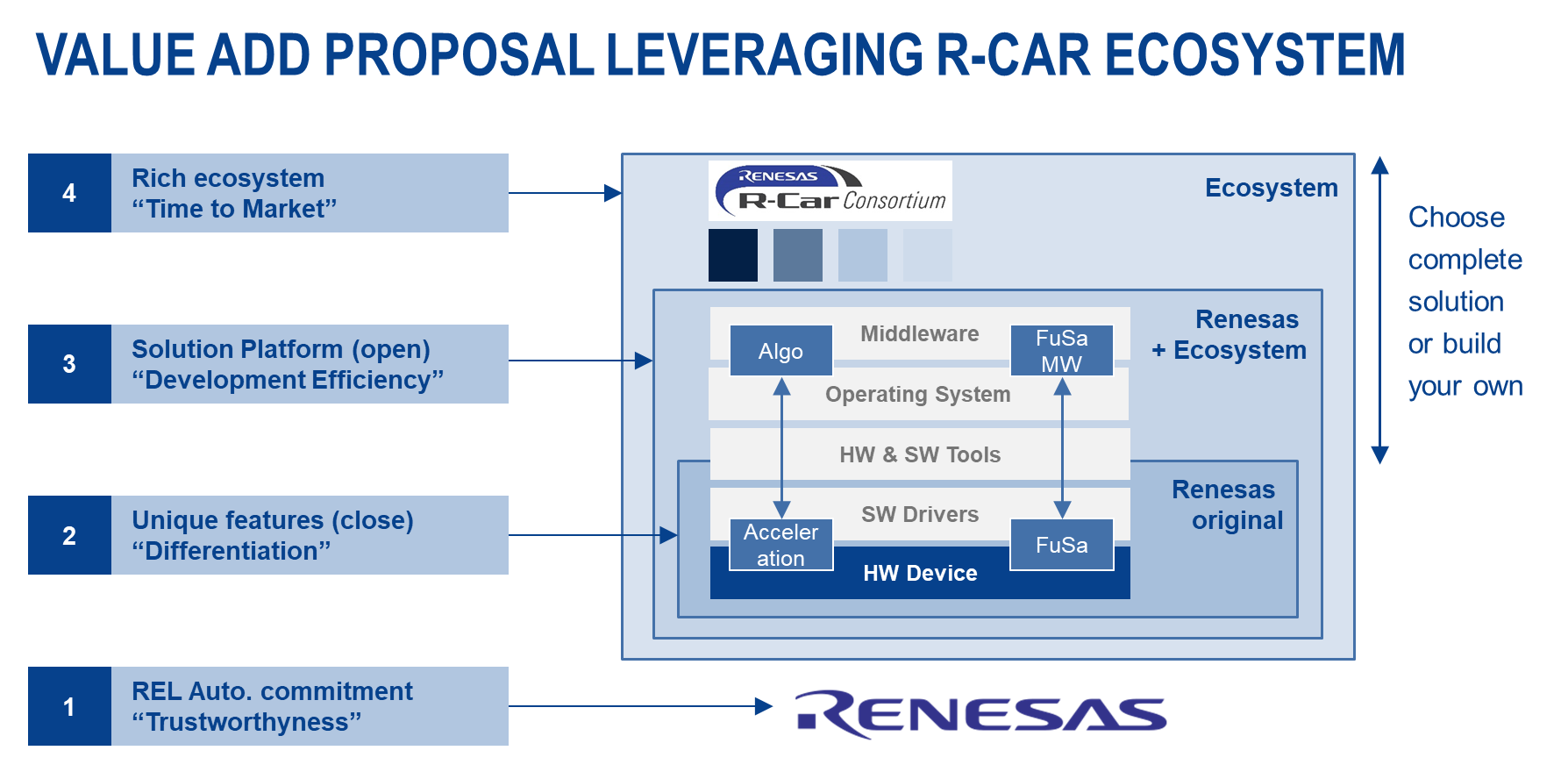In recent years, few topics have stoked the automotive industry’s collective enthusiasm like autonomous vehicles. Pushed by widely publicized breakthroughs in connected vehicle development, deep learning software, and data-driven analytics by new players such as Google, Tesla, and Uber, OEMs have raced to deliver fully autonomous vehicles.
The reality, however, has differed from these ambitions. Many projects have been beset by major delays and foundational challenges like the complex architecture demanded by the massive number of heterogeneous sensors in a fully distributed system and the validation of nearly infinite driving use cases.

Though autonomous vehicles make business sense to mobility service providers, there are few concrete business cases to justify the investment so far. Additionally, factors such as vehicle electrification and NCAP have squelched the hype around autonomous vehicles. Thus, OEMs are looking for a more realistic foundation for building sustainable businesses.
Safety First
Safety, driven by the next version of NCAP requirements and legislation, remains the primary market driver for ADAS. The NCAP assessment is still evolving. An earlier version of NCAP focused on front driving. But NCAP 2025 requires 360° surround view and interior monitoring. Moreover, legislation worldwide is encouraging the use of cameras. Automatic emergency braking will be mandated in Europe in 2022, China has issued new safety legislation for commercial vehicles…

Challenges of the Car Industry
OEMs look for economical ways to cover the widest possible range of requirements. The biggest challenge is in scaling entry-level platforms–which cover the minimum ADAS requirements for an NCAP 3-star to premium autonomous levels. It’s essential that costs be controlled along the way and that every effort be made to reuse elements across the full range of systems.
The trend of integrating several functions into a centralized ECU looks quite appealing when designing for scalability. However, this approach leads to technical challenges for functional safety, power consumption, and revising business models. Many OEMs have found that the conventional approach of relying on single-sourced hardware or software no longer works for them. So, they develop their own hardware or software in-house or divide the work between multiple third parties.
For hardware manufacturers, the challenge is finding a semiconductor vendor able to offer an open platform that can scale devices from entry-level to high-level while maintaining compatibility for upgrades.
Semiconductor suppliers must adapt their offerings for this new paradigm. Their first challenge is in accommodating functions ranging from entry-level to high-level while ensuring software will be reusable.
An open software platform is a must as OEMs integrate software and look for best-in-class software providers. A black-box approach that couple’s hardware and application software is unsuitable because it locks out software suppliers with leading IP.

Renesas Solution Proposition
To address the demands for flexible, scalable, and open environments, Renesas developed the Renesas autonomy platform for ADAS and automated driving. This platform leverages the RH850 MCU for real-time and functional safety and the R-Car System-on-Chip (SoC) for high computing performance.
The Renesas autonomy platform addresses the needs of OEMs and Tier 1 suppliers with an open architecture that gives developers the freedom to buy or develop in-house; embedded innovation, cutting-edge IP and AI with required IS0 26262 certifications; and support from a global supplier with decades of experience supplying high-quality products at high volume, paired with a committed roadmap.
The first products from this new platform – the R-Car V3M and R-Car V3H SoCs – are now in full mass production, deployed worldwide for front camera, surround view, and LiDAR applications.
The entry-level R-Car V3M covers the NCAP 2020 “5 Star” market and upcoming legislation requirements. The R-Car V3H is optimized for premium smart camera features and is also suitable for convenience functions such as automatic parking and LiDAR systems.
Renesas continues to work toward future market requirements in next-generation devices such as NCAP 2025 and autonomous functions for Level 2+/Level 3 ADAS platforms.
